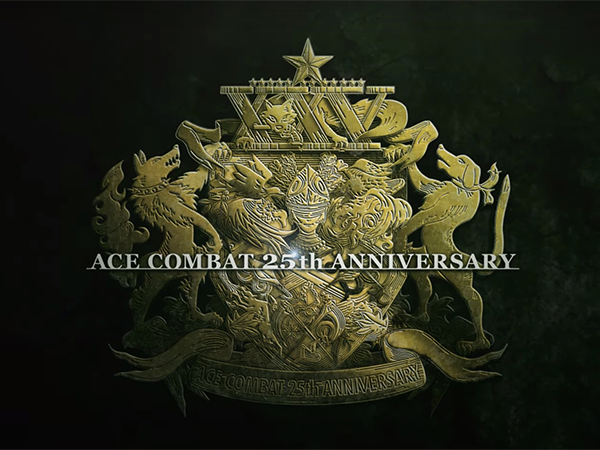The Ace Combat series celebrated its 25th anniversary on June 30th, 2020. We spoke with brand director Kazutoki Kono and Ace Combat 7 producer Manabu Shimomoto about the history of this beloved series.
*This article was originally released in Japan on June 30, 2020.
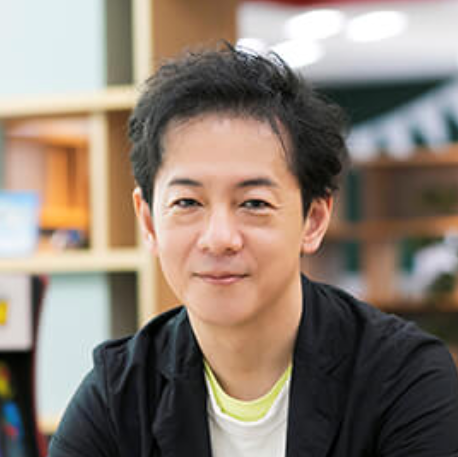
Kazutoki Kono
Ace Combat Series Brand Director
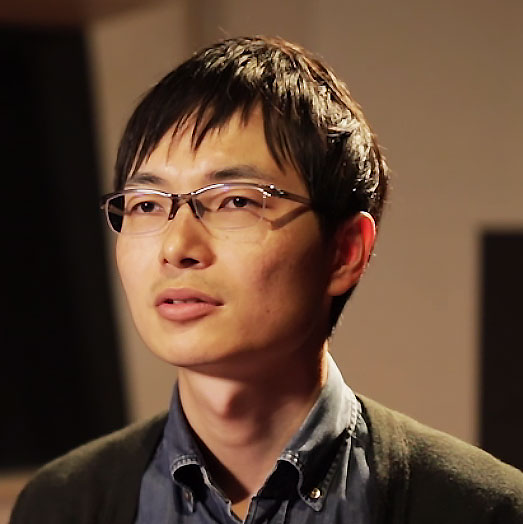
Manabu Shimomoto
Producer for Ace Combat 7: Skies Unknown
25 Years with Fans – How the Ace Combat Series Came to Be
The Ace Combat series celebrated its 25th anniversary on June 30th, 2020. Can you tell us how that makes you feel?
Shimomoto: When the first game in the series launched in 1995, I was only in the 5th grade of elementary school. I played Ace Combat for the first time at a friend’s house. Up until then, arcades where the only places I had ever experienced games that allowed you to freely fly around in 3D spaces, so I was pretty excited to learn the same could be done at home. Jumping ahead quite a few years, when I was in the middle of my job hunt, I caught the trailer for Ace Combat 6, and was impressed by the clouds and the smoke effects of the missiles. It ended up motivating me to take the employment exam at BANDAI NAMCO Entertainment. I never expected that I would play a part in developing a title coinciding with the 25th anniversary of the series.
Kono: So you’ve been playing since the very first one?
Shimomoto: Yeah, exactly. Originally I was really into the Air Combat arcade game.
Kono: I joined (at the time) NAMCO in 1994 while the first game was in development and have been involved in all the titles in the series to varying degrees. Through all this time, I always felt fully devoted to the work in front of me. Taking a moment to look back now after 25 years though, I notice how people in Shimomoto-san’s generation and even those who were born after Ace Combat first launched are now working alongside with me on the series. It made me realize that 25 years is a length of time that really can affect people’s lives.
I honestly want to say thank you to our fans for their 25 years of support. Ace Combat has come this far because of all the expectations our fans have had for us. These past 25 years have really been a collaboration between the fans and our development staff.
Shimomoto: 25 years into the series, I often hear from fans who have played Ace Combat since the first title and now have passed down their love for the series and play Ace Combat 7 with their kids now. My hope is that we can keep this up and pass the series down to the generations to come.

For the first part of our interview, I want to explore the history of the Ace Combat series. Ace Combat launched in 1995 for the PlayStation and was a home video game title that took its roots from the arcade game “Air Combat.”
Kono: Back then NAMCO had really hit its groove making home console ports of arcade games with titles like Ridge Racer and Cyber Sled. The company really built its golden era at the dawn of the PlayStation generation by taking games that could only be played in arcades and enabling gamers to play them at home. But the goal with Ace Combat wasn’t to make a 100% complete replication of Air Combat. The first entry in the series was an attempt to take the ease of control from the arcade game and match it with content that fit what the home console market wanted.
The main components of today’s Ace Combat were invented in the first three entries of the series. With ACE1 we got the core system that leaves you feeling like a fighter pilot while remaining distinctly different from combat-fighter simulators. In ACE2, we found what made flying around in real 3D environments fun and enjoyable. And in ACE3, with help from Dai Sato and Production I.G we discovered how to pair a storyline to the gameplay experience. These are components I feel have stuck with the series till today.

Booming Series Popularity — How Stories Spun From Still-Frames and Radio Dialogue Came to Be
With the release of 04 for the PlayStation 2 in 2001, Kono acted as Art Director and the game became a hit, surpassing the first entry in the series. This is where the series got its signature radio system to play into the development of its story. So tell us, how did this feature come to be?
Kono: We never really had a big enough budget, but ideas for radio chatter had been tossed around. Could we build more of a backstory with it? Could we create more character drama? So, when we were trying to figure out how to make ACE04 different from ACE3, and we still didn’t have much of a budget, we came up with the idea of using still-frame images to play out the story, and we got in touch with Studio 4℃, who were already doing great and promising work. Essentially, and in retrospect this seems pretty rude, we ended up asking an animation company to provide non-animated still-frames for us. (laughs) The sort of thing you can only pull off with the naivete of youth. But in the end they introduced us to director Sunao Katabuchi.
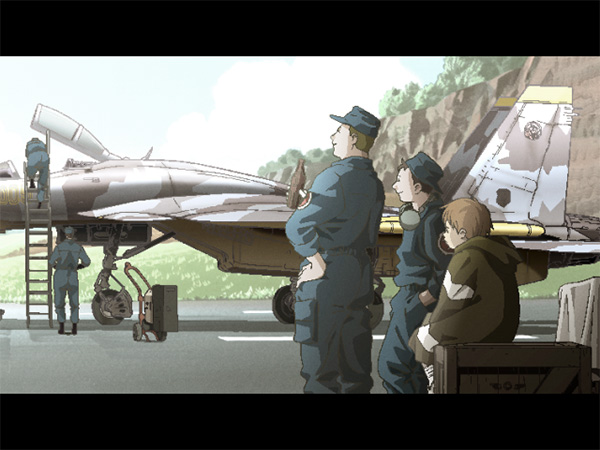
ACE04 was the series entry that established the radio dialogue that seems to have become symbolic of the Ace Combat series’ method of storytelling and bringing in more elements from the game world to envelope the player, offering an indirect but immersive experience.
Shimomoto: The introduction of the radio banter is what really set the course for the future of the Ace Combat series, I believe. I think those who play the series today enjoy feeling like heroes in each of the games and that all really came together in ACE04 with the radio system and director Katabuchi’s storyline.
Kono: But we didn’t really think of it in such detail at the time. We were only trying to make the most awesome, most fun game we could. Then in ACE5, we told the story through deep relationships with the other characters. With ACE5, what I personally remember most is being in constant email contact with Katabuchi and learning so much from him.
Tough lessons like “Never let excuses about schedules or tech compromise what you want to bring to your customers,” and how if I gave up, nothing would come to fruition. It was this experience that enabled me to act as director myself. He basically taught me Directing 101.
Shimomoto: ACE04 had a story with the emotional appeal of European cinema, while the story in ACE5 played out more like a Hollywood film. I was honestly really surprised to later learn that people like director Katabuchi, Kono, and other members of the staff had made both titles.
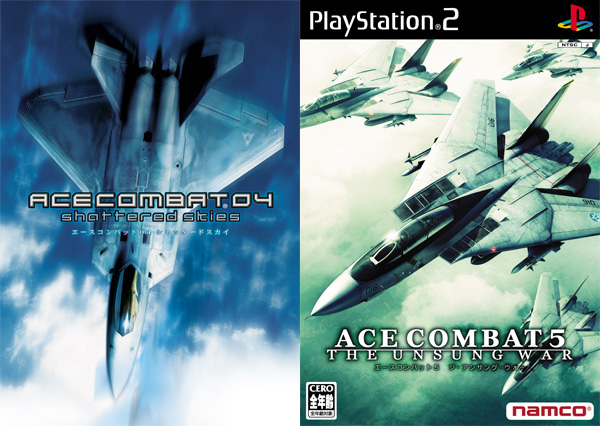
After the release of ACEZERO in 2006, the next entry, ACE6, was released exclusively on Xbox 360 in 2007.
Kono: Development on ACEZERO and ACE6 happened simultaneously. ACE6 was developed for Xbox 360, which allowed us to add in more enemies than ever before, leading to the massive battles that defined the title. The 4-player co-op missions were also implemented right at a time when demand for online play was growing across the industry.
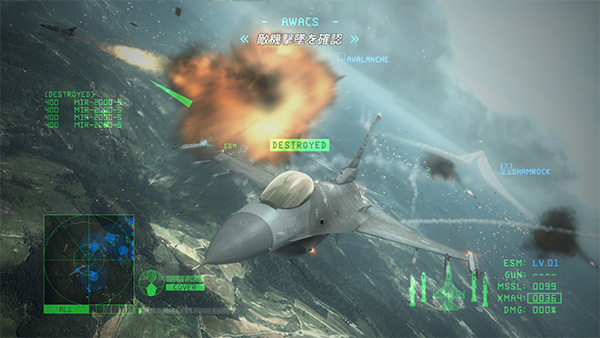
Shimomoto: This was an era when game engines really started to stand out, and I feel like Japanese game companies began to fall a bit behind. I was only on the customer side back then, but even still I started to realize as much. It was around that time when I saw a trailer for ACE6 in a store and really got a sense for how the staff was pushing to make something high-end to compete on the world stage.
Kono: While we had heard opinions like those on the one hand, on the other we were facing an almost forced switch-over of our production team at the same time. It was a period of real concern for the entire project. But at the same time, this was also when I think the pride we felt in our push to always make something great really came to be. The next installment, ASSAULT HORIZON (hereafter “AH”), was when we made one major mistake.
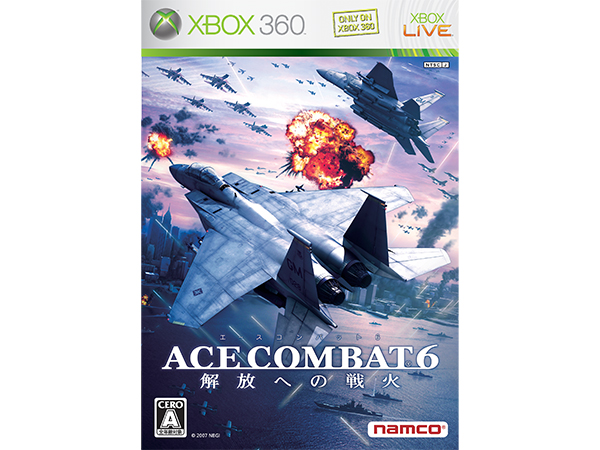
How Assault Horizon Taught the Team the Importance of the Player’s Emotional Experience
When AH released in 2011 it faced mixed reception as it switched focus, moving away from the joy of flying through the skies and towards taking down enemies in a major shift meant to draw in FPS gamers.
Kono: At the time, we were up against a wall, trying to figure out what we could do for the next installment in order for the series to continue. It was at this time when someone in the company suggested we change Ace Combat to fall more in line with first-person-shooter (FPS) games that were popular at the time. Looking back on it now, my real mistake was trying to convince myself that this was the way to go, even though deep down I didn’t agree. In a very literal sense, we forgot the importance of looking at the project through the eyes of our fans. Eventually, “change” in and of itself became our goal.
Shimomoto: But AH had lots of new additions, too. It had some of the most fully fleshed out camerawork in the series, with different cameras for each aircraft. I was working on specifications at the time and I remember wanting to go all out trying something new. But you might say it was a real lesson for me in how no matter the amount of new technology or ideas you add in, if you don’t move things along in a way your customers are hoping for, you can’t expect great results. It was a rough experience.

Kono: I still remember looking at the scores on review aggregators after the game came out. I was having a smoke at home, but when I saw how low the scores were, I fell to my knees… But it was through this experience that I finally, truly realized how important it was for me and for the Ace Combat series itself to stick close to our customers and provide moving experiences for our players. We held a huge post-launch meeting and put what fans of Ace Combat were looking for down in writing. What we came up with then is what we’ve made sure to preserve in the series today.

Ace Combat is Not Done Yet! Looking at the Latest Installment and the 25th Anniversary
The experiences from AH then led to the two of you becoming brand director and producer for 2019’s newest installment, ACE7.
Kono: After AH I think we really changed how we thought about the series and realized we had to pour everything into offering players experiences that surpassed expectations. With ACE7 we returned to a numbered title like players wanted and took time to rethink what it was our fans desired, what the series should stay away from, what areas we should draw on, in what ways we could surpass expectations, and how we would get this all across to our players.
Shimomoto: I ended up joining the team on ACE7 while development wasn’t going all that well, and within half a year we were ordered to decide whether the project should continue or be cancelled altogether. But Kono-san and I both asked to continue the project, talking about the importance of the series and how we would make this title a success. I knew Kono-san had put a lot into the series and about the mistakes he had worked through, so I really got this sense of, “Next time for sure” from him. So once development started up again, I wanted to really focus on seeing it through, and sticking to it until we were happy with the result. And so, I sort of put Kono-san under house-arrest on-site for the project. (laughs)
Kono: (laughs) I honestly love every entry and have really been captivated by the entire series, so I had this sort of stubborn pride and was prepared to do whatever it took to get ACE7 made. That’s what drove me to really want to provide players a game they can enjoy and an experience that surpasses their expectations. Looking back now it’s a bit of a relief to think that was the right stance to take.
Over these past 25 years, I’ve faced failures so great, I crumbled to my knees; and development had its hiccups even with ACE7, but we still managed to get funding from the company and support from so many different people. And the end result is what we have now in ACE7. The reviews might still be mixed, but in my opinion, this was a real turning point for Ace Combat, and will stand as a milestone in the series.

Kono: With everything that happened this year, we didn’t get the chance to do exactly what we wanted to for the 25th anniversary, but we wanted to be sure that we still shared our thanks and appreciation to the fans who have supported us all these years.
Read Part2 of the article: Ace Combat 25th Anniversary Project [Part 2] – The team mentality behind delivering the greatest emotional experiences
See the official Ace Combat 25th Anniversary page *JP
Ace Combat Official Information
[US] [EU]
All trademarks and copyrights associated with the manufacturers, aircraft, models, trade names, brands and visual images depicted in this game are the property of their respective owners, and used with such permissions.
Editor’s Note
On the official 25th anniversary site, brand director Kazutoki Kono mentions that games and gaming series play out much like life itself. Listening to our guests’ stories today, I was really given a sense of just how many different people and ideas come together to help a series grow and continue. In the second part of our interview, we hear about what the production team gives particular focus to and how they work to ensure fans are provided with moving experiences!
Jin Sugiyama
Freelance writer & editor. More fond of entertainment than just about anything.



